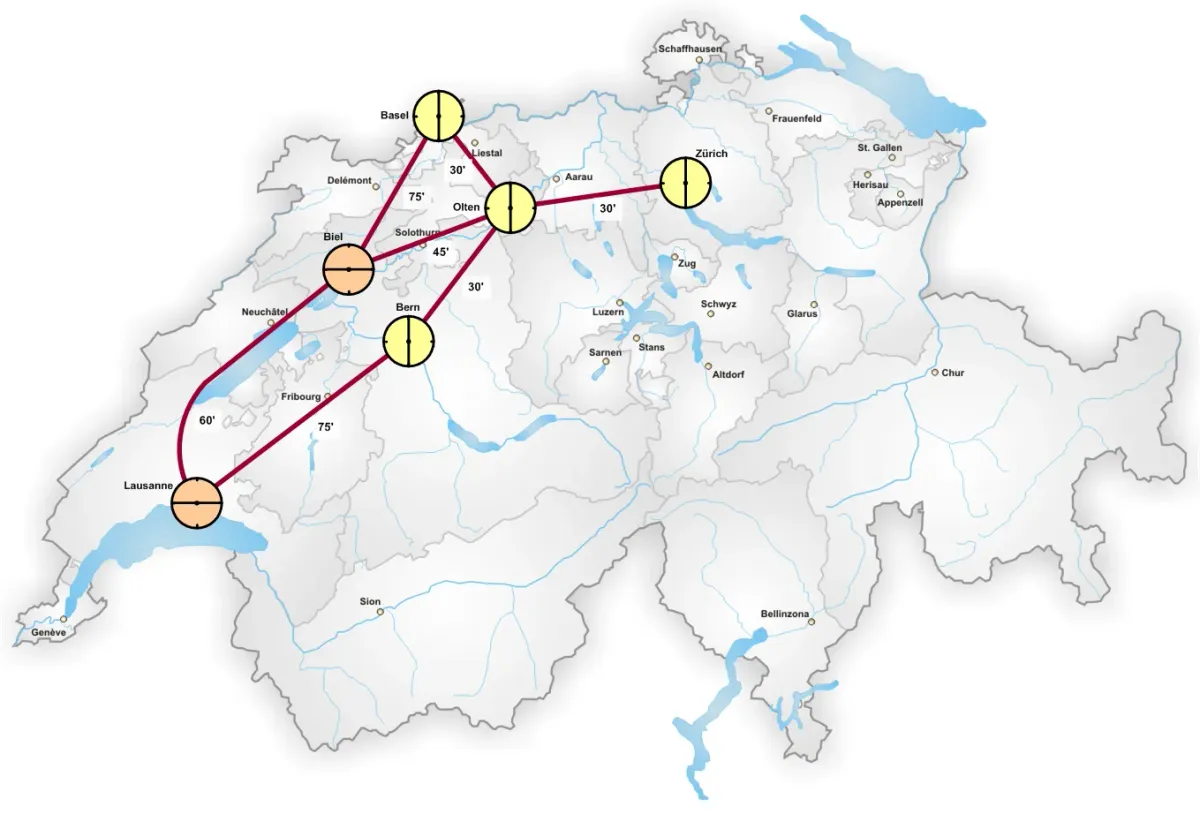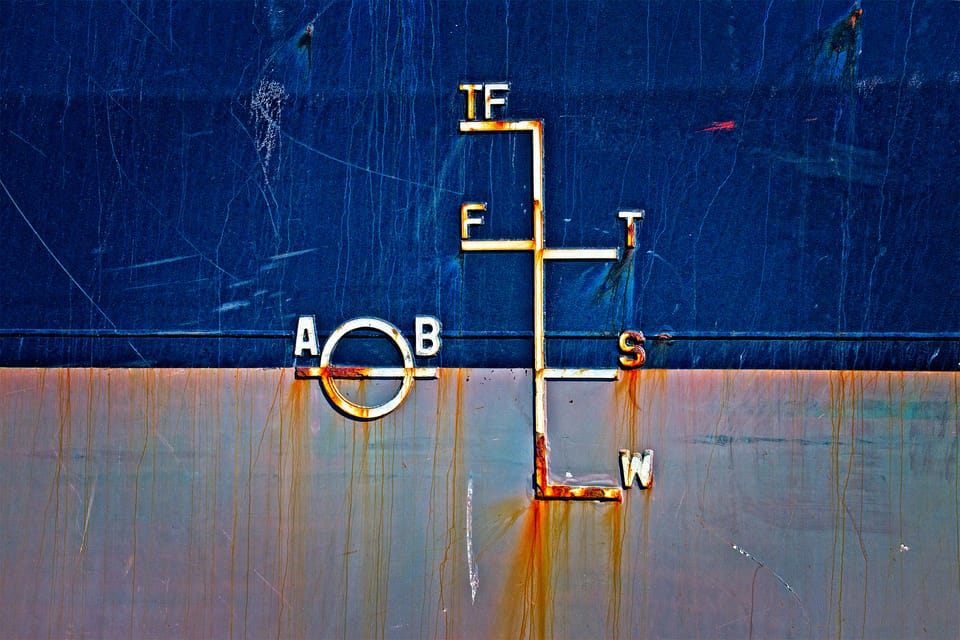The Swiss approach to designing railway infrastructure

At Zurich station, nearly all long-distance trains arrive just before the xx.00 or xx.30 minute, and depart just after. This means that every train makes a good connection with every other train. It’s easy, say, to get from Chur in the south-eastern Alps to Yverdon in the west of the country: the train from Chur gets into Zurich at xx.22, and the train to Yverdon leaves 8 minutes later at xx.30: long enough to get from one train to another without rushing, but short enough to avoid waiting around.
The Swiss approach, however, is about more than timetabling: it is also a paradigm for designing infrastructure. In the late 1980s, Switzerland began calling all trains at Zurich around the xx.00 and xx.30 minutes. However, the trick could not be repeated at Bern, the most important node in the west of the country, because the journey from Zurich took 1h09.
At the same time, the line between Bern and Zurich was becoming congested. This situation would be familiar to Britain in the late noughties, France in the late 70s, and Japan in the late 50s: the main line connecting your most important cities is full, so it’s time to build a high-speed bypass. The Swiss could have built a very fast line, reducing the Zurich <> Bern travel time by half an hour, to 39 minutes: useful for people travelling between Zurich and Bern, but it wouldn’t have made the connections at Bern any easier.
Instead, Switzerland built a slightly slower line, with the goal of getting Zurich <> Bern travel times to just under an hour. This means that trains leave Zurich just after xx.00/30, and arrive at Bern just before xx.00/30: both nodes get quick connections.

